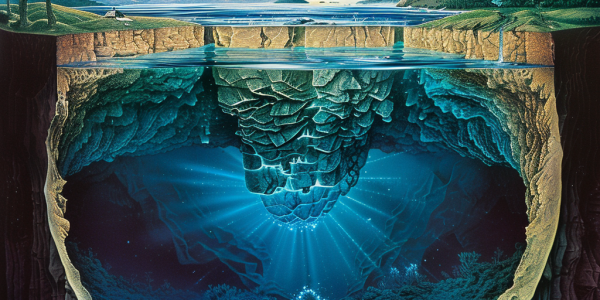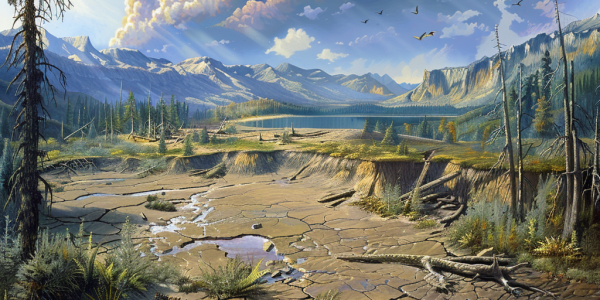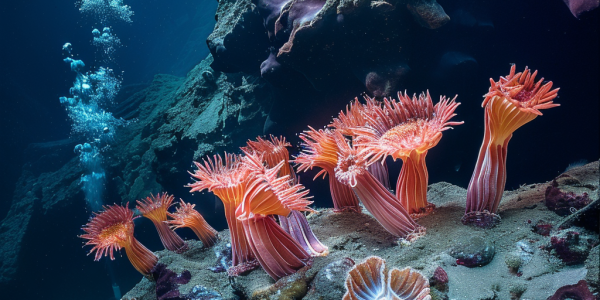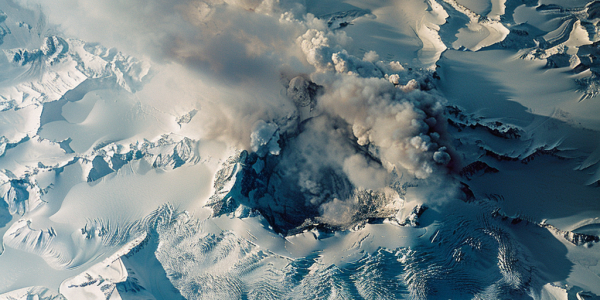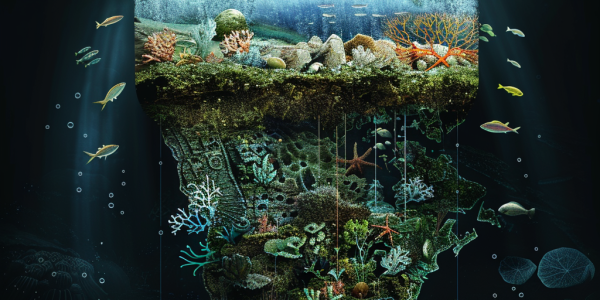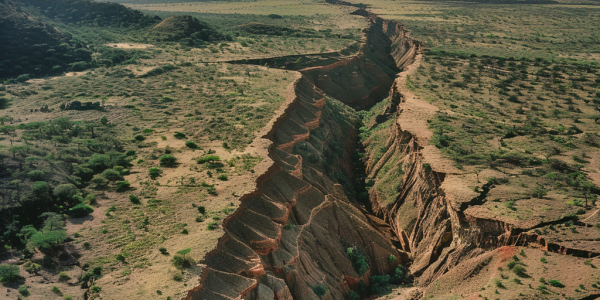Groundbreaking Discovery Reveals Vast Ocean Beneath Earth’s Crust
Recent discoveries reveal a vast ocean hidden beneath the Earth’s crust, containing more water than all surface oceans combined. This groundbreaking finding, linked to the mineral ringwoodite, suggests a whole-Earth water cycle and offers insights into our planet’s mysteries. Stay updated on these remarkable scientific breakthroughs.
Breakthrough Technique Enhances Early Detection of Hazardous Long-Period Comets
Astronomers have achieved a breakthrough in detecting potentially hazardous long-period comets (LPCs) using a novel technique that analyzes meteoroid trails. This method allows for early identification of ‘planet-killer’ comets, enhancing planetary defense strategies and offering crucial advance warnings. By studying the trails left by these comets, scientists can predict their paths years before they approach Earth, significantly improving our preparedness for potential cosmic threats.
Research Reveals Sun’s Swirling Polar Vortices and Their Impact on Solar Activity
Recent research reveals that the Sun likely has swirling polar vortices, similar to those on Earth, impacting solar activity and space weather forecasting. Conducted by NSF NCAR, this groundbreaking study highlights the unique dynamics of the solar magnetic field and its implications for understanding solar phenomena. Enhanced knowledge of these vortices could improve predictions of solar flares and coronal mass ejections, crucial for safeguarding satellite communications and power grids on Earth.
Ancient Climate Shift Paved the Way for Dinosaurs’ Dominance
Recent research reveals how the Carnian Pluvial Episode, a significant climatic event 233 million years ago, triggered the rise of dinosaurs and reshaped Earth’s biodiversity. This study highlights the impact of volcanic eruptions on climate and draws parallels to modern climate change, emphasizing the importance of understanding our planet’s history for future ecological challenges.
Scientists Discover New Ecosystem in Earth’s Oceanic Crust
Scientists from the Schmidt Ocean Institute have discovered a new ecosystem in the Earth’s oceanic crust, revealing giant tubeworms and unique marine life thriving in extreme conditions. This groundbreaking research challenges previous understandings of marine biodiversity and highlights the importance of ocean exploration and conservation.
Glaciers as Indicators: New Research Links Glacier Behavior to Volcanic Eruptions
Recent research reveals a significant link between glaciers and volcanic activity, indicating that faster glacier flow rates near active volcanoes, like Mount Veniaminof in Alaska, could serve as indicators for predicting eruptions. This study emphasizes the importance of monitoring glaciers to provide early warnings for local authorities, potentially enhancing evacuation plans and safety measures. Published in Communications Earth & Environment, the findings highlight the interconnectedness of climate change, glacial dynamics, and volcanic behavior, underscoring the need for advanced monitoring strategies.
New Study Reveals Deep Ocean’s Role in Earth’s Climate History
A groundbreaking study published in *Science* reveals new insights into the Earth’s climate history, focusing on the Mid-Pleistocene Transition and the complex role of the deep ocean in climate regulation. Led by researchers from WHOI and other institutions, the study utilizes 1.2 million years of climate records to uncover how ocean circulation impacts global climate and carbon storage, highlighting the deep ocean’s critical function in mitigating climate change.
Astronomers Discover Massive Black Hole Near Earth in Omega Centauri
Researchers have discovered a new black hole in the Omega Centauri star cluster, located just 18,000 light-years from Earth. This massive black hole, estimated to be 20,000 to 50,000 times the mass of the sun, opens new avenues for astronomical research and enhances our understanding of cosmic evolution. Led by Dr. Holger Baumgardt, the team utilized Hubble Space Telescope images to confirm its existence, highlighting the dynamic nature of our universe and the importance of ongoing exploration in space science.
NASA’s ER-2 Aircraft Advances Earth Science in PACE-PAX Mission
NASA’s ER-2 aircraft has successfully completed over 80 flight hours for the PACE-PAX mission, enhancing our understanding of Earth’s systems. Operating at altitudes up to 65,000 feet, the ER-2 validates satellite data and supports vital research on environmental changes and mineral resources. This collaborative initiative involves multiple organizations, showcasing the importance of interdisciplinary efforts in Earth science and resource management.
Africa’s Gradual Split: A Geological Marvel Unfolding Over Millions of Years
Africa is slowly splitting apart due to the East African Rift System, a geological process that will take millions of years to unfold. This fascinating rifting phenomenon, while not an immediate threat, has significant implications for the continent’s future landscape. As tectonic plates move, scientists study these changes to understand Earth’s dynamic nature and long-term geological evolution.

